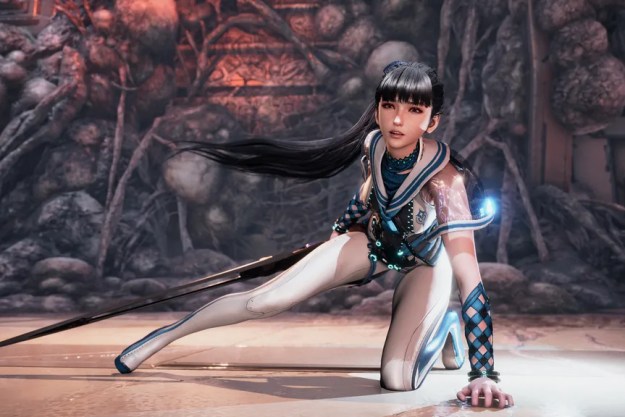A Nintendo Direct will air on June 28, though this upcoming presentation will be different than you might expect. Instead of a traditional first-party digital event, this showcase will be a Nintendo Direct Mini: Partner Showcase, focusing on third-party games coming to Nintendo Switch. Here’s how to watch and what to expect from the upcoming showcase.
A new #NintendoDirectMini: Partner Showcase is on the way! Watch on-demand via our YouTube channel beginning Tuesday, June 28 at 6am PT for roughly 25 minutes of info on upcoming third-party #NintendoSwitch games.
Subscribe & turn on notifications here: https://t.co/SZA1P3RSHS pic.twitter.com/8hmCJ1p5EX
— Nintendo of America (@NintendoAmerica) June 27, 2022
When is the Nintendo Direct Mini?
The Nintendo Direct Mini: Partner Showcase will air on Tuesday, June 28 at 9 a.m. ET. You can watch it on the official Nintendo YouTube channel.
What to expect from the Nintendo Direct Mini
Since the upcoming showcase will focus on third-party Nintendo Switch games, you should expect to see appearances from various publishers across the globe. Nintendo didn’t confirm which publishers will participate, but odds are the showcase will have something from the likes of Square Enix, Capcom, Atlus, and maybe even some Western companies as well. It’s likely the event will highlight upcoming Nintendo Switch ports, along with a handful of indie games, too.
We’ll likely get another look at the Monster Hunter Rise: Sunbreak expansion and the Cuphead DLC ahead of their June 30 releases.
What not to expect from the Nintendo Direct Mini
You shouldn’t expect any games published by Nintendo to be shown at the upcoming Direct Mini. That means we won’t see any of the company’s major games like The Legend of Zelda: Breath of the Wild 2, Splatoon 3, and Metroid Prime 4. The only Nintendo-related game you might see during the broadcast is Ubisoft’s Mario + Rabbids: Sparks of Hope. Nintendo’s fall 2022 slate is still unknown, so it’s possible we’ll get a proper first-party Direct sometime during the summer. For now, viewers will have to wait to see what Nintendo has in store for later in 2022.
Editors' Recommendations
- Nintendo Indie World 2024: How to watch and what to expect
- Xbox Partner Preview March 2024: How to watch and what to expect
- Pokémon Presents February 2024: How to watch and what to expect
- Everything announced at February’s Nintendo Direct Partner Showcase
- Nintendo Direct Partner Showcase: how to watch and what to expect





